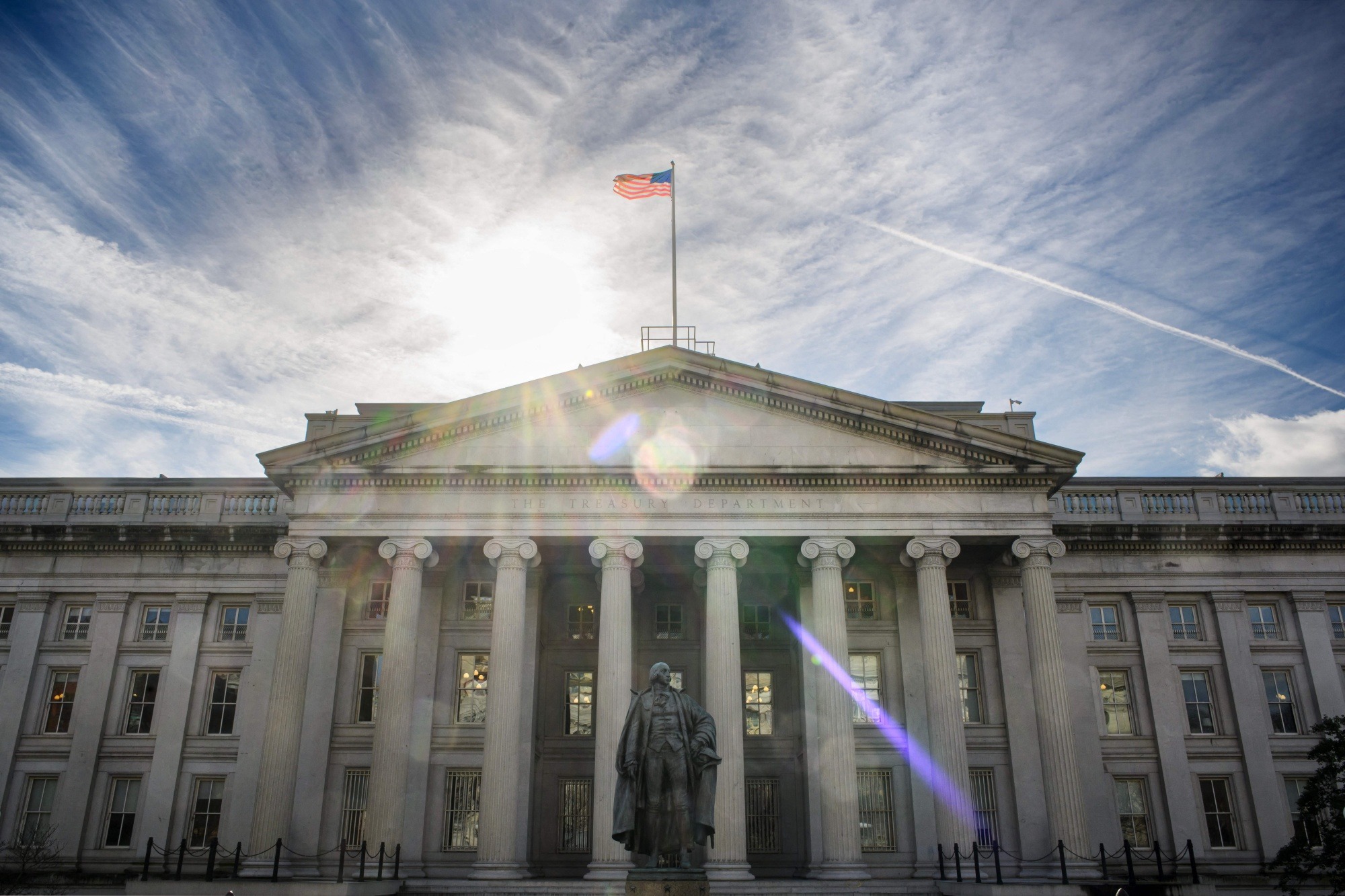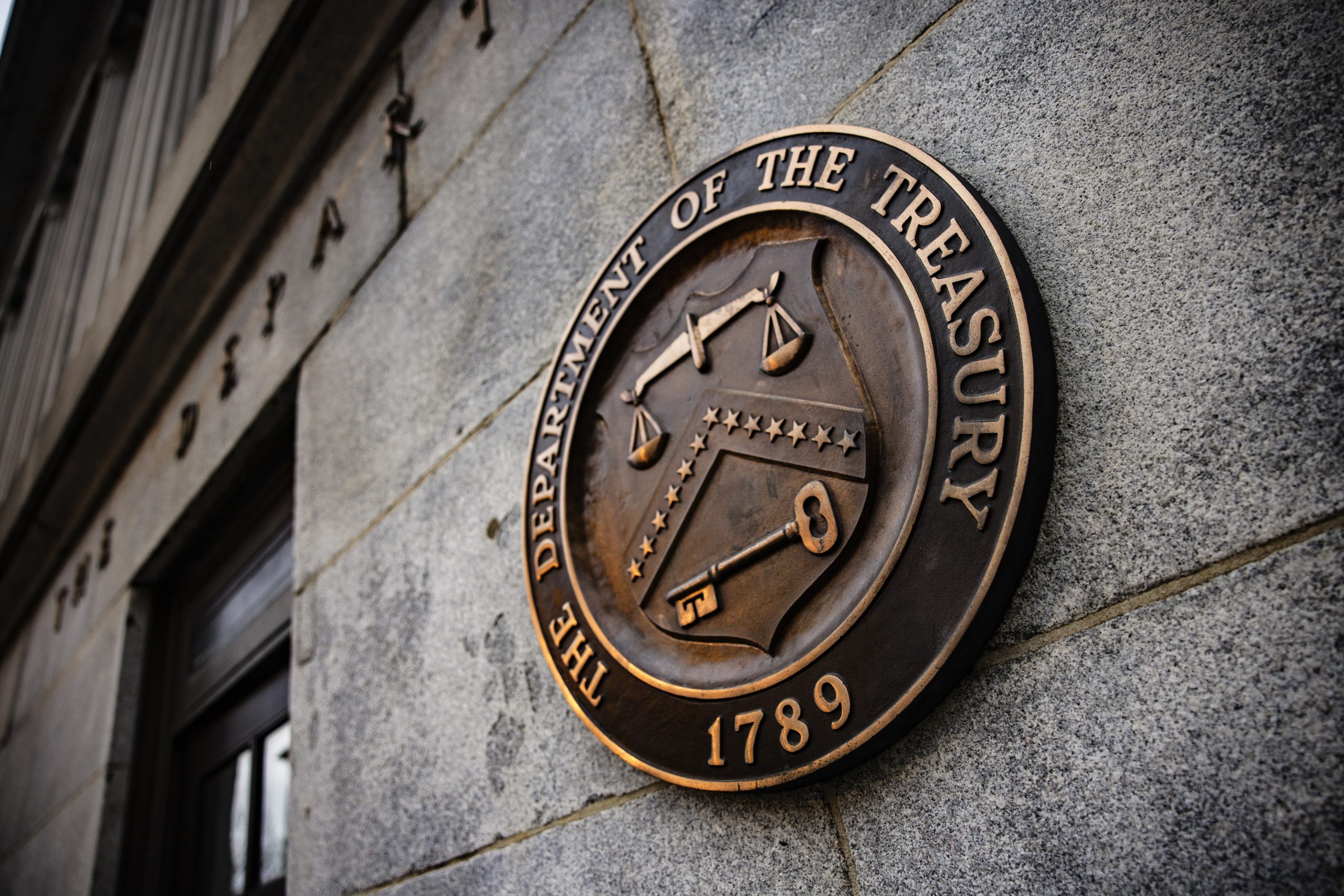U.S. Treasury yields surged on Monday, buoyed by robust manufacturing data that cast doubt on the Federal Reserve’s ability to meet its projected three interest rate cuts. Two- and 10-year yields reached two-week highs following the release of the strong manufacturing figures.
Stan Shipley, a fixed income strategist at Evercore ISI in New York, noted the growing skepticism surrounding the Fed’s rate projections amid the backdrop of strong U.S. data. Shipley emphasized the robust growth and inflation figures, suggesting that unless economic indicators shift, confidence in a rate cut by June could wane.

Treasury Yields Rise (Credits: ETF Trends)
Market sentiment reflected this uncertainty, with the probability of a June rate cut dropping to 57% from around 64% a week earlier. Additionally, expectations for the number of rate cuts this year decreased from three to about two in the eyes of many investors.
The latest data revealed encouraging signs for U.S. manufacturing, with the Institute for Supply Management’s (ISM) manufacturing PMI hitting 50.3 in March, marking the sector’s first growth in 18 months. However, while production and new orders saw a rebound, employment remained subdued, and input prices surged.
Jay Hawkins, a senior economist at BMO, cautioned that despite the manufacturing sector’s recovery, it’s expected to remain fragile until the Fed implements monetary policy adjustments later this year. The data revealed inflationary pressures, with the survey’s gauge of manufacturers’ input prices rising sharply to 55.8 in March from 52.5 in February.

United States Treasury (Credits: Bloomberg)
Reflecting the market’s response to the data, benchmark 10-year Treasury yields soared to 4.325%, their highest level since March 19, while 30-year bond yields climbed to 4.451%. Shorter-term two-year yields, sensitive to rate expectations, surged to 4.715%, reaching a two-week peak.
The yield curve, a key recession indicator, steepened slightly on Monday, with the spread between 10-year and two-year Treasury yields narrowing to minus 39.5 basis points from minus 42.4 basis points late last week. Since July 2022, the U.S. yield curve has remained inverted, a signal that has historically preceded economic recessions.























